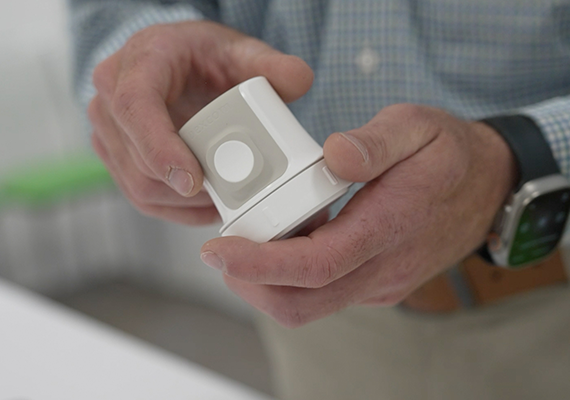Real-Time CGM: The FIRST Tool for Managing Type 2 Diabetes
Information provided by Dexcom
Achieving glycemic goals early in the diagnosis of type 2 diabetes improves the chances of maintaining A1C goals over time. There is also a “legacy effect” where reaching A1C targets in the first year of treatment results in sustained, long-term improvements in health, even if A1C levels rise over time.1 One tool to help reach glycemic goals early is using real-time continuous glucose monitoring (RT-CGM).
Managing diabetes without RT-CGM is like “throwing darts in the dark”; it’s hard to know where the target is when you can’t see the full picture in front of you. Adding RT-CGM to your diabetes toolbox helps to create more meaningful diabetes appointments using a shared decision-making approach to medication management. And RT-CGM is a tool for the person living with diabetes. They can experiment with their favorite foods and activities to learn how their glucose levels respond. They can make informed behavior changes that are personalized to their individual needs.
Watch this short 6-minute video as Thomas Grace, MD, CDCES, Board-Certified in Family Medicine, Director, Blanchard Valley Diabetes Center, Findlay, Ohio, describes the value of using RT-CGM early in the diagnosis of type 2 diabetes to “turn the lights on” and view the full picture of diabetes glycemic metrics.
Speaker Bio
Dr. Grace completed his Family Medicine residency at Beaumont Hospital, Detroit, Michigan. He is also board certified in Obesity Medicine and is a certified Diabetes Care and Education Specialist. He is a member of the American Diabetes Association serving on several state and local boards. Currently, he’s the director of the Blanchard Valley Diabetes Center, Findlay, Ohio, where he provides compassionate care for his patients focused on education and wellbeing. Dr. Grace is also an employee of Dexcom.
References
- Powell RE, Zaccardi F, Beebe C, et al. Strategies for overcoming therapeutic inertia in type 2 diabetes: A systematic review and meta-analysis. Diabetes Obes Metab. 2021;23(9):2137-2154. doi:10.1111/dom.14455
Disclaimer
The posting of sponsored information and content on this page should not be considered an AAFP endorsement or recommendation of the sponsor's products, services, policies, or procedures. The information and opinions expressed on this page are those of the paid sponsors and do not necessarily reflect the view of the AAFP. The AAFP is not responsible for the content of third-party websites linked from this page; moreover, any links on this page to third-party websites where goods or services are advertised are not endorsements or recommendations by the AAFP of the third-party sites, goods, or services.
